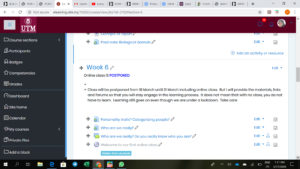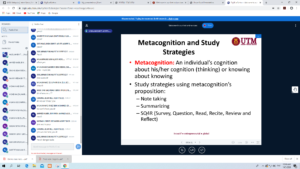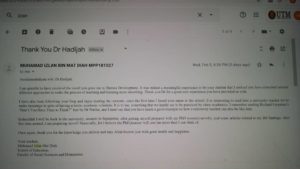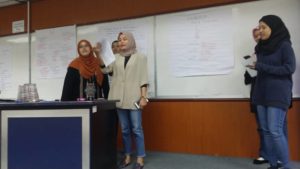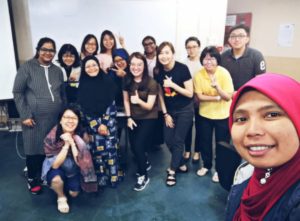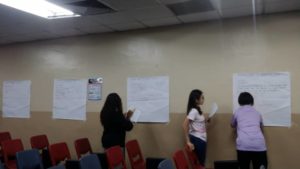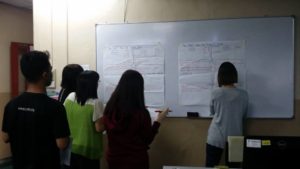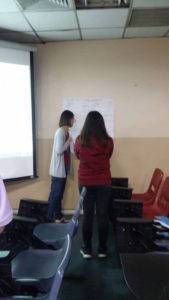Be creative. One of my colleagues lamented that some course require face to face interaction. Then this person later said “It is ok if you just teach theoretical stuff.” Who says I only teach theoretical stuff? For my Fundamental Pedagogy, I use Tarsia and all. Hands-on stuff.
But still when times like this, I don’t want to jeopardise my life and my students lives. We need to take action. So, I told my students “I know that some of you might need to go home and your home might not have internet connection. It is ok. But if you have no other means to go back home and need to stay inside the campus, you can go to the Elearning. I leave some materials that you can use to revise on your own and keep yourself occupied. I also create a forum so if you have anything to ask, you can ask me or others. So you will not miss out anything”
So, I have been busied finding materials and linking it on my elearning plus creating forums and whatsnot. I hope that the students would learn on their own (self-learning) with the support that I give (scaffolding).
